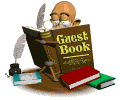
| ||||
|---|---|---|---|---|
 |
 |
 |
 |
 |



























| ||||
|---|---|---|---|---|
 |
 |
 |
 |
 |


























1940s “Warplanes, Series 2” (V156-2)
St. Lawrence Starch Company, Ltd., Port Credit (now Mississauga), Ontario, Canada
Series Title: “Warplanes, Series 2”
American Card Catalog Number: V156-2
Issued by: St. Lawrence Starch Company, Ltd., Port Credit (now Mississauga), Ontario, Canada
Issued via: Bee Hive Starch and Durham Starch products
Country: Canada
Number of Cards: 58 (Orange)
Card Numbering: unnumbered
Type of Card: Food issue mail order premium
Overall Card Dimensions (measured): 5.33 × 7.67 inches
Image Area Dimensions (measured): 4.46 × 6.69 inches
Circa: 1940s
Checklist: Download

St. Lawrence Starch Company (V156) “Warplanes” Overview [3]
By: Don Pillar
The St. Lawrence Starch Company, Ltd. of Port Credit (now Mississauga) Ontario, Canada, is best known for their extremely successful N.H.L. hockey photo-cards promotion which ran for more than three decades from 1934 to 1967. By comparison, the Company’s V156 Warplanes series of Aeroplane photo-cards was a mere “blip on the radar screen”, as it ran for three years. The V156 “Warplanes” series was introduced as an alternative promotion for the hockey photos which had to be temporarily suspended. As revealed in company correspondence, “Because of the uncertainty about the personnel of National Hockey League teams and the liability of many of the younger players being called up for military service we have decided not to issue new picture lists or proceed with the production of new pictures”.
The “Warplanes” series began in 1941 with the introduction of the V156-1 (12 photo-cards). This original “Warplanes” photo-card set consisted of 12 R.A.F. Aeroplanes. The photos were mounted on red matte paper stock. The card title was not visible below the photo, as it would be with the subsequent photo-card sets. Rather, the card title and descriptive text were printed upside down with black ink on the reverse side of the airplane photo-card. When the airplane photo-card was lifted back, the card title and descriptive text could be viewed right-side-up at the top of the photo.
(NOTE: Based upon the St. Lawrence Starch Company 1940’s advertisements for its “Aeroplane” photo-cards, the logical titles for the airplane photo-card sets within the Non-Sports Card community should have been something like “R.A.F. Aeroplanes, Series 1”, etc. However, such was not to be for the official set title as designated in the NSB (Non Sports Bible) [1] over time morphed into “Warplanes”, with the overall American Card Catalog reference designation being V156. [1] It should also be noted that at the time that the NSB was written (2007), the existence of four distinct subsets was generally unknown, and at best poorly documented. To correct this oversight, we have assumed/adopted the sequential reference designations of V156-1 (red), V156-2 (orange), V156-3a (orange) and V156-3b (yellow) and V156-4 (red).
Both the hockey and airplane photo-cards could be obtained in exchange for product labels from St. Lawrence Starch Company products. The St. Lawrence Starch Company’s product line included … Ivory Gloss Laundry Starch, Durham Corn Starch, Akron Gloss Laundry Starch and Beehive Corn Syrup. Beehive Corn Syrup was by far the company’s best selling product and the most frequently submitted product label. Hence, the photo-cards soon became informally known as “Bee Hives”.
![Bee Hive “Golden&rdqup; Corn Syrup redemption label. (Image courtesy Don Pillar) [3]](https://www.skytamer.com/archive-thumbs/TC/V156-1/250/BeeHiveLabel.jpg)
![Durham Corn Starch redemption label (Image courtesy Don Pillar) [3]](https://www.skytamer.com/archive-thumbs/TC/V156-1/250/DurhamLabel.png)
Shown above are the product labels that were to be mailed in to receive the airplane pictures and also the checklist advertisement for the original 12 photo-cards. Kids would carefully print their name and address and the name of the airplane photo(s) they wanted on the back of these paper labels and then mail them off to St. Lawrence Starch Company in Port Credit. Within a week or so they would receive their eagerly awaited airplane photo(s) by return mail. Postage at that time was only 1¢.
![Advertisement listing the Original 12 “R.A.F. Aeroplanes” Pictures (Image courtesy of Bill Smart) [2]](https://www.skytamer.com/archive-thumbs/TC/V156/600/12-card List 1.jpg)
The introduction of the original Bee Hive “R.A.F. Aeroplanes” set of 12 World War II photo-cards was heralded by the above checklist advertisement. Other than advertising within grocery stores, it may have served as the only paper advertisement for the original 12 “R.A.F. Aeroplane” photo-cards. As noted above, one label from Bee Hive Corn Syrup or two labels from Durham Corn Starch were required for each requested airplane photo.
The V156 series is clearly one of the most misunderstood and challenging airplane trading card series to collect. According to the “Non Sports Bible (NSB)” (c.2007) [1], there were only 39K (Known) photo-cards in the series. In reality, there are 223 cards, issued in four distinct subsets. Before discussing these subsets, Skytamer Images would like to acknowledge the help and support of “Bee Hive” card collectors Don Pillar and Bill Smart. In addition to providing all the 600-dpi scans of cards, checklists, and St. Lawrence Starch Company advertisements, their knowledge and insights into the V156 series was immeasurable. Without Don’s and Bill’s help, the real scope and history of the V156 series would have been lost to time.
As noted above, there were a total of four unique V156 “Warplanes” photo-card series that together yielded 223 distinct cards. All four series included “grey scale” photos printed on white paper stock, glued onto a slightly thicker red, orange or yellow matte mounting paper stock. The card titles, aircraft specifications and descriptive text were printed on either the back of the photos (V156-1 only) or directly onto the colored matte paper. Glue was applied to the top backside edge of the photos which were then centered and attached to the colored matte paper stock. The card titles and descriptive text were printed with black ink on the reverse side of the photo or directly onto the colored matte paper stock. With the exception of the first series (V156-1) of 12 red matte cards, the card title and notation “(Description Under Picture)” was centered and visible directly below the airplane photo. The overall American Card Catalog number for the series is V156 and does not specify any subset numbering. All of the photo-cards in the four V156 subsets are unnumbered. The overall card dimensions are 5.33 × 7.67 inches. The dimensions of the photo-cards are 4.46 × 6.69 inches. The four distinct St. Lawrence Starch Company “Warplanes” (V156) series are noted as follows:

V156-2 (58 photo-cards) — The second series of St. Lawrence Starch “Warplanes” airplane photo-cards appeared in April of 1941. This set featured the same 12 airplane photo-cards from the original set (V156-1) plus an additional 13 cards to form a 25 card set. By mid May, the set had been expanded to 27 cards and by September the set boasted 42 cards. By late 1942 the set had grown to 52 cards and ultimately the set ended with a total of 58 cards. The titles and descriptive text for these cards were printed with black ink directly onto the orange matte paper stock. The airplane photo-cards were then centered and glued directly to the orange matte paper stock. The card title and caption “(Description Under Picture)” were clearly visible below the airplane photo.

V156-3 (2 × 54 photo-cards) — The third series of Bee Hive “Warplanes” was made up of two companion subsets that shared the same photo-cards, printed titles and descriptive text. One set (V156-3a) was mounted on orange matte paper stock and the other (V156-3b) on yellow matte paper stock. These sets were clearly follow-ups to the V156-2 (58 photo-cards) set and served as “corrected” sets with only 54 photo-cards. The two mis-identified photos of the Bristol “Beaufighter” and the Gloster “Gladiator” found in the V156-2 set were not included in these sets. In addition, the two early photos of the “Spitfire” and the Hawker “Hurricane” were not included. Those two photo-cards were replaced by revised photos identified respectively as Supermarine “Spitfire” and New Hawker “Hurricane”.
There does not seem to be any explanation as to why this particular series was printed with both orange (V156-3a) and yellow (V156-3b) matte paper backings. Speculation is that they were possibly made up as salesman samples or the St. Lawrence Starch Company had plans for issuing a “special” color set to be distributed to Air Force personnel. Whatever the true explanation may have been, it appears to have been lost in history. The main difference between the V156-2 and the V156-3a/V156-3b series (other than the “new” and “error” photo-cards) is the following caption that appears above the card title and descriptive text on the V156-3a and V156-3b photo-cards:



V156-4 (45 photo-cards) — The fourth and foneinal series of Bee Hive “Warplanes” set was comprised of 45 airplane photo-cards mounted on red matte paper stock. The V156-4 set utilized photos from the previous sets and introduced several new photos that were unique to this set. This set is easily identified since the title of the card is printed on the red matte paper directly below the photo. This set is commonly referred to as the “United Nations” set as it contains the following caption:


second monitoring The St. Lawrence Starch Company’s 45-card V156-4 the “United Nations” airplane photo series was mailed out as a complete set. Hence, a formal checklist was never printed. The St. Lawrence Starch Company provided these complete sets of photos to servicemen attending Air Navigation School to aid in aircraft recognition training.
As with the previous sets, the V156-4 series also consisted of two separate cards: (a) The photo-card and (b) the red matte mounting paper which was pre-printed with the card titles and descriptive text. Also for this series, the card title was visible, but the descriptive text was hidden below the photo. When the airplane photo flap was lifted, the descriptive text and an additional card title were visible. The following reference card shows the five facets of an individual card:
St. Lawrence Starch Company V156-2 “Warplanes” 58 Photo-card Set Overview [4]
As noted above, the second series of the St. Lawrence Starch Company’s V156-2 “Warplanes” unnumbered airplane photo-card set consisted of 58 airplane photos mounted onto orange matte paper stock. The V156-2 series actually consisted of two separate cards: (a) The photo card which measured 4.46 × 6.69 inches; and (b) the orange matte mounting paper which was pre-printed with the card titles and descriptive text. The orange matte paper mounting card measured 5.33 × 7.67 inches. The completed cards had the a strip of glue applied to the top backside of the photo card and was then centered and glued to the orange matte mounting card. For this series, the card title was visible, but the descriptive text was hidden beneath the photo. When the airplane photo flap was lifted, the descriptive text and an addition card title were visible. The following reference card shows the five facets of an individual card: (1) The front of a completed card; (2) the front of the photo card; (3) the blank back of the photo card, (4) the printed copy on front side of the orange matte mounting paper. Note that we have included a white dashed line to indicate the placement of the photo card; and (5) the generic back side of the orange matte mounting paper. All of the images have been computer enhanced for presentation purposes. We were unable to do complete scans of the pre-printed information on the orange matte mounting paper. To do such as scan, would have caused a severe crease in the card thus ruining the card’s value. We therefore had to recreate the descriptive text on the orange matte paper by using the original fonts used by the “human” printer to “type set” the cards in 1941. Behind each image is a full-size 600-dpi computer enhanced image.



St. Lawrence Starch Company V156-2 “Warplanes” 58 Photo-card Set Image-Guide [2,3.4]


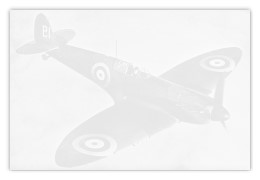




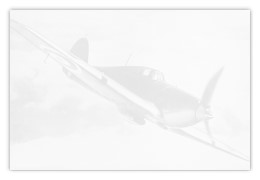









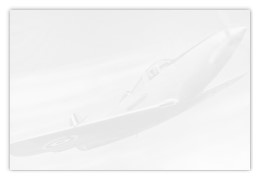




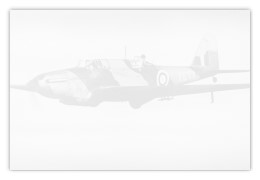




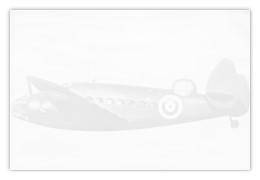




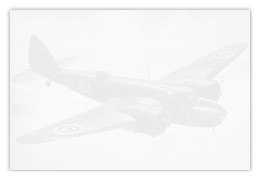




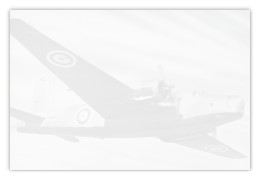




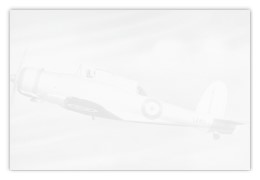




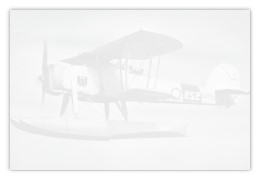




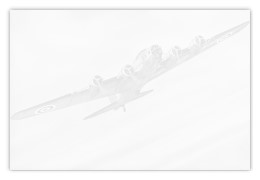




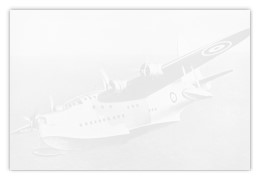




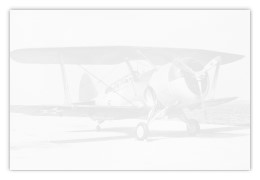




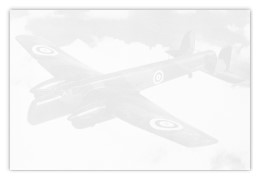




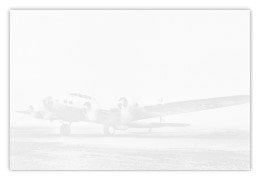




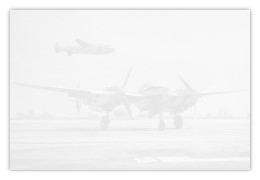




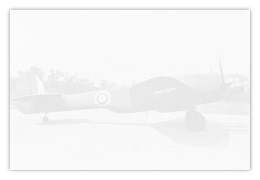




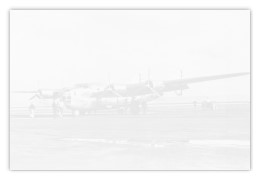




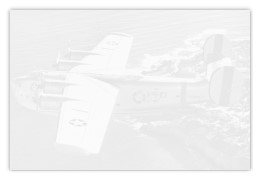



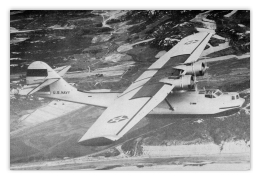
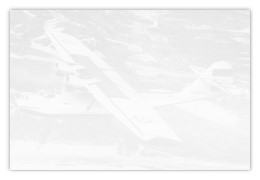




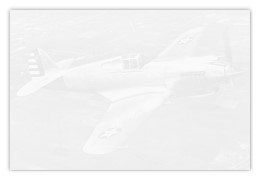




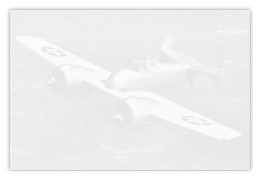




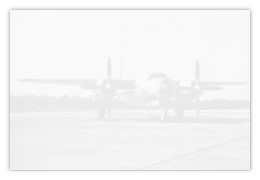




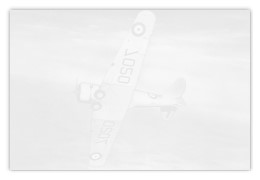




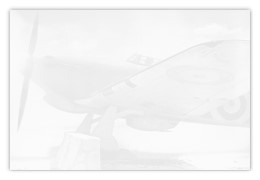




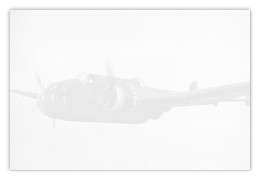




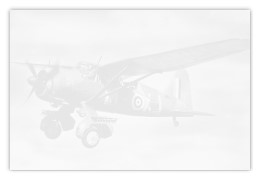




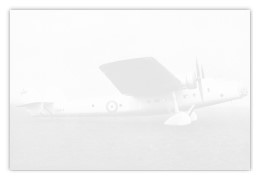




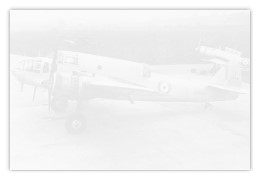


![Card № 30 — Bristol “Beaufighter” [Error Card] (Completed card with photo glued on pre-printed orange matte mounting paper)](https://www.skytamer.com/archive-thumbs/TC/V156-2/250/30.jpg)
![Card № 30 — Bristol “Beaufighter” [Error Card] (Original photo to be glued on the orange matte mounting paper)](https://www.skytamer.com/archive-thumbs/TC/V156-2/250/30p.jpg)
![Card № 30 — Bristol “Beaufighter” [Error Card] (For the V156-2 series, the backside of the photo was blank)](https://www.skytamer.com/archive-thumbs/TC/V156-2/250/30pb.jpg)
![Card № 30 — Bristol “Beaufighter” [Error Card] (For the V156-2 series, the descriptive text was printed with black ink directly onto the orange matte mounting paper)](https://www.skytamer.com/archive-thumbs/TC/V156-2/250/30b.jpg)
![Card № 30 — Bristol “Beaufighter” [Error Card] (The back side of the completed V156-2 card, with the orange matte mounting paper was blank)](https://www.skytamer.com/archive-thumbs/TC/V156-2/250/ob.jpg)


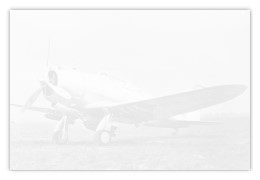




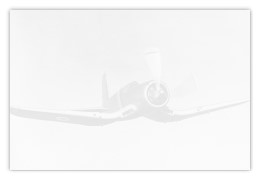




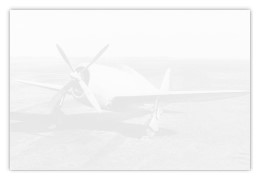



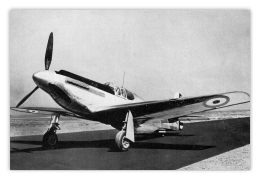
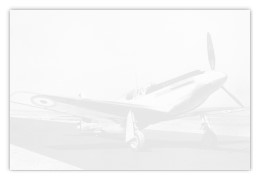




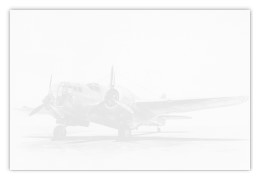




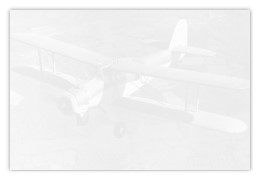




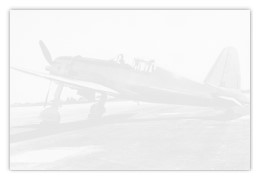




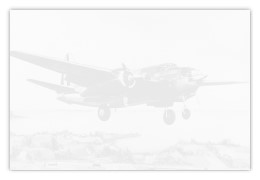




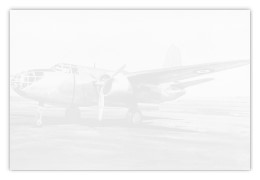




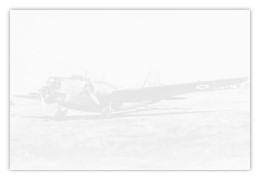




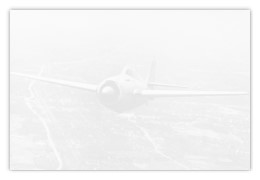




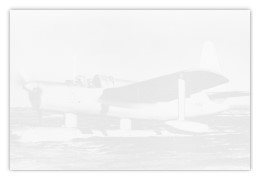




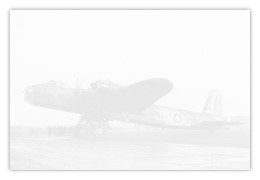



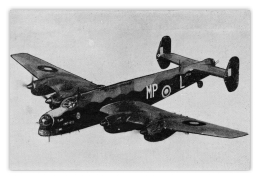

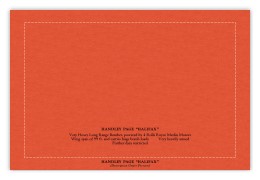


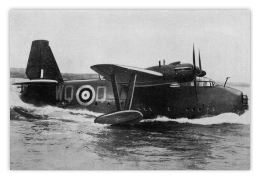
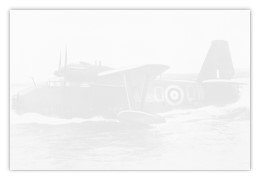




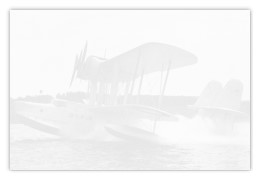



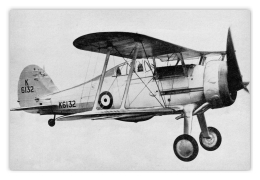





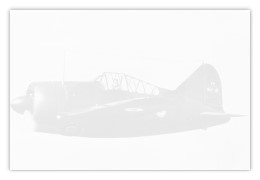








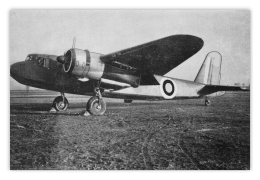




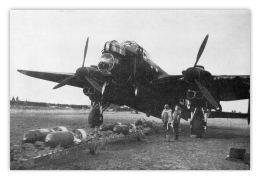

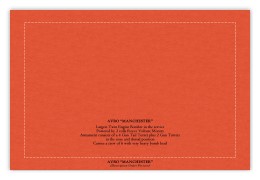


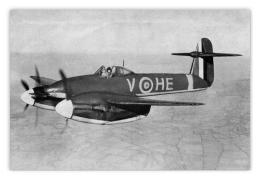

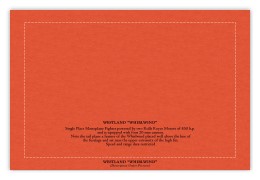








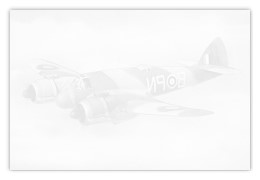







![Card № 56 — Gloster “Gladiator” [Error Card] (Completed card with photo glued on pre-printed orange matte mounting paper)](https://www.skytamer.com/archive-thumbs/TC/V156-2/250/56.jpg)
![Card № 56 — Gloster “Gladiator” [Error Card] (Original photo to be glued on the orange matte mounting paper)](https://www.skytamer.com/archive-thumbs/TC/V156-2/250/56p.jpg)
![Card № 56 — Gloster “Gladiator” [Error Card] (For the V156-2 series, the backside of the photo was blank)](https://www.skytamer.com/archive-thumbs/TC/V156-2/250/56pb.jpg)
![Card № 56 — Gloster “Gladiator” [Error Card] (For the V156-2 series, the descriptive text was printed with black ink directly onto the orange matte mounting paper)](https://www.skytamer.com/archive-thumbs/TC/V156-2/250/56b.jpg)
![Card № 56 — Gloster “Gladiator” [Error Card] (The back side of the completed V156-2 card, with the orange matte mounting paper was blank)](https://www.skytamer.com/archive-thumbs/TC/V156-2/250/ob.jpg)


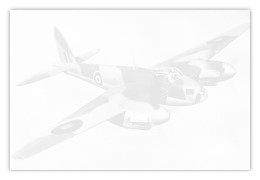
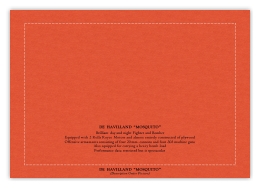


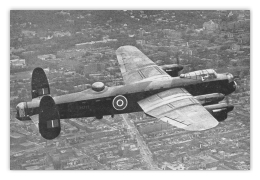

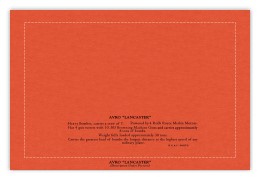

| 1940s “Warplanes” (V156-2)
St. Lawrence Starch Company Limited, Port Credit, Ontario, Canada ORIGINAL SCANS Plus Composite of Descriptive Text on Orange Matte Paper | ||||||||||||||||||||||||
|---|---|---|---|---|---|---|---|---|---|---|---|---|---|---|---|---|---|---|---|---|---|---|---|---|
| 1
1b |
2
2b |
3
3b |
4
4b |
5
5b |
6
6b |
7
7b |
8
8b |
9
9b |
10
10b |
11
11b |
12
12b |
13
13b |
14
14b |
15
15b |
16
16b |
17
17b |
18
18b |
19
19b |
20
20b |
21
21b |
22
22b |
23
23b |
24
24b |
25
25b |
| 26
26b |
27
27b |
28
28b |
29
29b |
30
30b |
31
31b |
32
32b |
33
33b |
34
34b |
35
35b |
36
36b |
37
37b |
38
38b |
39
39b |
40
40b |
41
41b |
42
2b |
43
43b |
44
44b |
45
45b |
46
46b |
47
47b |
48
48b |
49
49b |
50
50b |
| 51
51b |
52
52b |
53
53b |
54
54b |
55
55b |
56
56b |
57
57b |
58
58b |
|||||||||||||||||
Bee Hive Advertisements [2,3]
As noted earlier, the second series (V156-2) of St. Lawrence Starch “Warplanes” airplane photo cards started off with the same 12 airplane photo cards from the original set (V156-1) and added another 13 cards to form a 25 card set. The set quickly expanded to 27 cards … then to 42 cards … then to 52 cards and finally ended with a total of 58 cards. The following Bee Hive advertisements sent to us by Don Pillar and Bill Smart show how the V156-2 series evolved. Once again, behind each mage is a 600-dpi computer enhanced image.
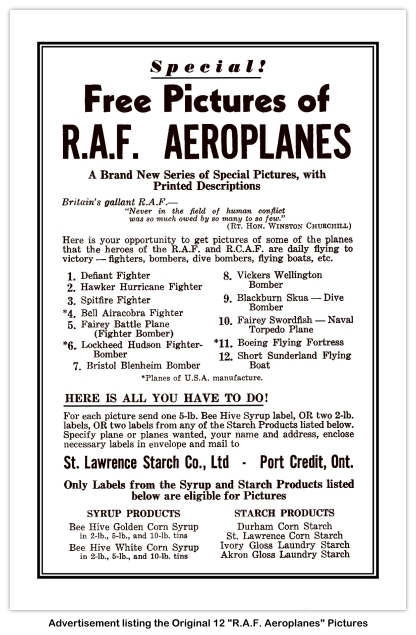


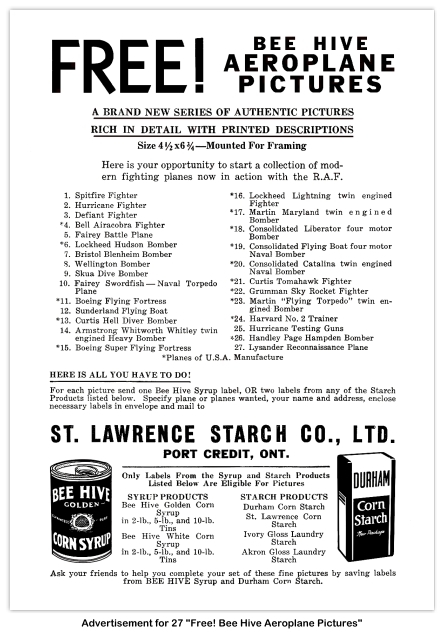



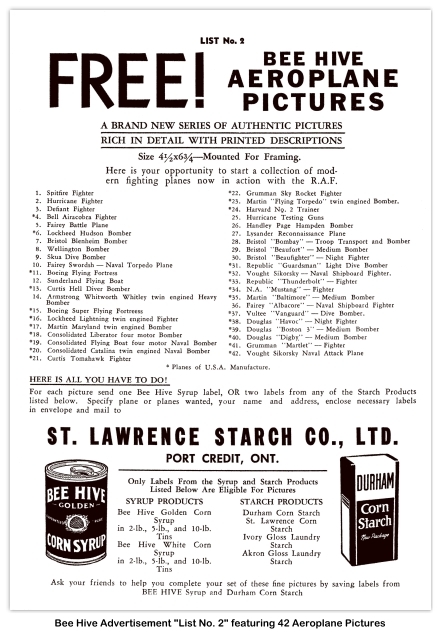
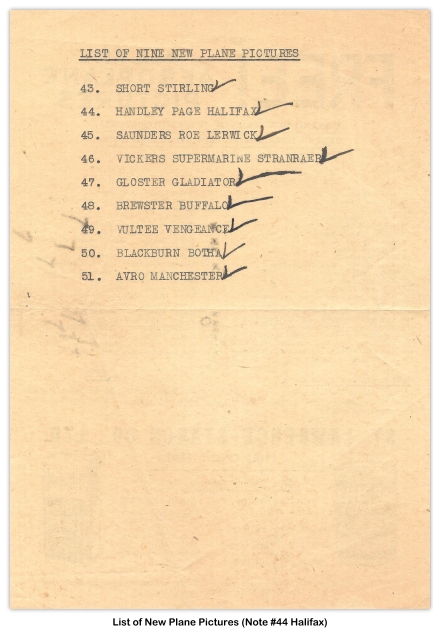
![Bee Hive advertisement “List No. 3” featuring 52 Aeroplane Pictures. [Note: This checklist has two Handley Page Hampden Bombers listed in error.] (Image courtesy Bill Smart)](https://www.skytamer.com/archive-thumbs/TC/V156/600/52-card List 3.jpg)
![“Corrected” Bee Hive List No. 3” featuring 52 Aeroplane Pictures. [Note that the #44 photo has been changed to Handley Page Halifax Bomber] (Image courtesy Don Pillar)](https://www.skytamer.com/archive-thumbs/TC/V156/600/52-card List 3c.jpg)
Shipping Envelopes [3]
Since the St. Lawrence Starch Company’s “Warplanes” photo-cards were all mail-order issues, the shipping envelopes for the series are also considered to be collectibles. There were two basic types of shipping envelopes used: (1) A traditional “lick-flap” shipping envelope that measured 8.33 × 5.43 inches; and (2) a slightly larger “metal-clasp” shipping envelope that measured 8.81 × 6.22 inches. The smaller-sized envelope was used to mail small numbers of V156 cards, while the larger envelope was used to mail complete sets.
The first shipping envelope example shown below was mailed to the collector on 10 April 1941 with a postage fee of 1¢. The typed notation on the top of the shipping envelope “Blen.Lock.Battle.Spt.Swd” indicates that the following five cards were included in the envelope: (1) Bristol “Blenheim”, (2) Lockheed “Hudson”, (3) Fairey (Battle), (4) Vickers-Armstrong Supermarine “Spitfire ”, and (5) the Fairey “ Swordfish ” (with Wheels or Floats”. Since the mailing date of this envelope was 10 April 1941, the cards were most likely cards from the original V156-1 series of 12 red matte photo-cards.
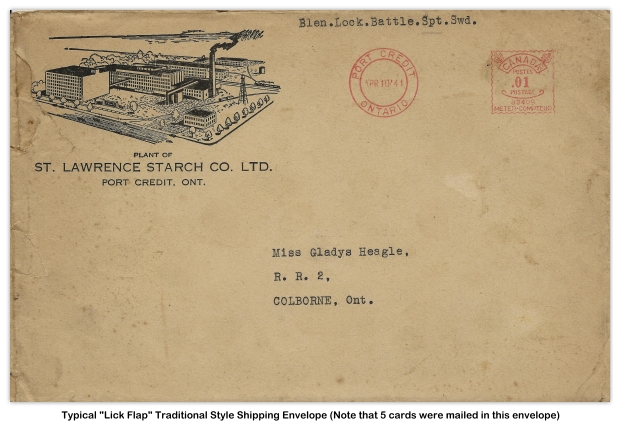

The second shipping envelope (metal-clasp) example shown below was mailed to an airman studying aircraft recognition on 17 August 1943 with a postal fee of 4¢. The envelope contained the entire set of 54 V156-3a (orange matte) “Warplanes” cards. For this envelope, there was no postal inspection notation on the reverse side.
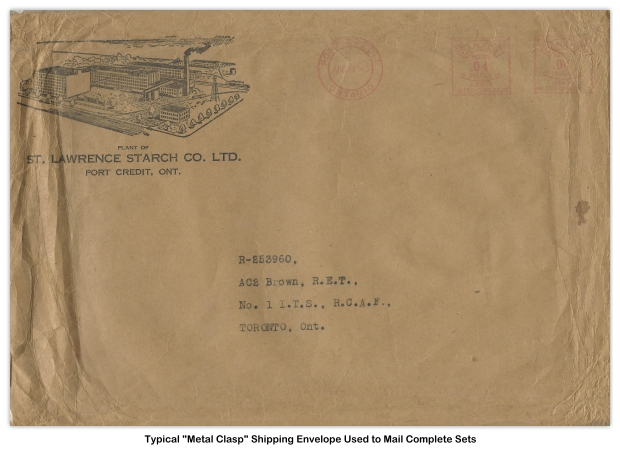
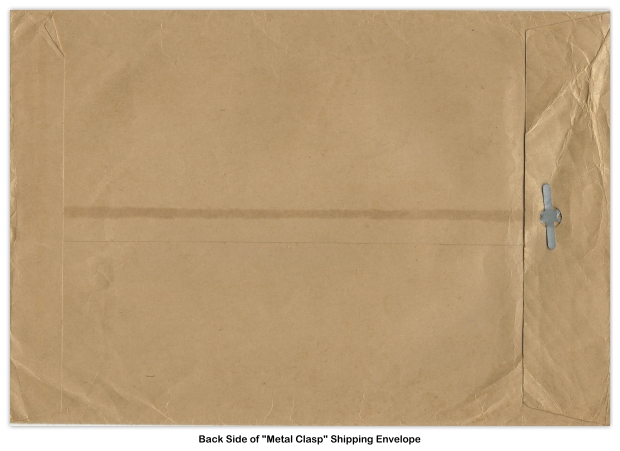
1940s “Warplanes” (V156-2) Checklist [3]
| 1940s “Warplanes” (V156-2)
St. Lawrence Starch Company Limited, Port Credit, Ontario, Canada CHECKLIST | |||
|---|---|---|---|
| № | x | Card Title | |
| 1 | Vickers-Armstrong Supermarine “Spitfire” | ||
| 2 | Hawker “Hurricane” | ||
| 3 | Boulton Paul “Defiant” | ||
| 4 | Bell “Airacobra” | ||
| 5 | Fairey | ||
| 6 | Lockheed “Hudson” | ||
| 7 | Bristol “Blenheim” | ||
| 8 | Vickers-Armstrong “Wellington” | ||
| 9 | Blackburn “Skua” | ||
| 10 | Fairey “Swordfish” (with Wheels or Floats) | ||
| 11 | Boeing 4 Engine “Flying Fortress” B.17C. (sic B-17C) | ||
| 12 | Short “Sunderland” | ||
| 13 | Curtiss SBC-4 “Helldiver” | ||
| 14 | Armstrong Whitworth “Whitley” | ||
| 15 | Boeing Super “Flying Fortress” | ||
| 16 | Lockheed P-38 “Lightning” | ||
| 17 | Martin “Maryland” | ||
| 18 | Consolidated B-24 “Liberator” | ||
| 19 | Consolidated Model - 29 4 Engine Patrol Bomber | ||
| 20 | Consolidated Model 28PBY “Catalina” (sic 28 PBY) | ||
| 21 | Curtiss P-40 “Tomahawk” | ||
| 22 | Grumman “Sky-Rocket” (sic “Skyrocket”) | ||
| 23 | Martin B-26 “Flying Torpedo” | ||
| 24 | “Harvard” Advanced Trainer No. 2 | ||
| 25 | “Hurricane” Testing Its Guns | ||
| 26 | Handley Page “Hampden” | ||
| 27 | “Lysander” | ||
| 28 | Bristol “Bombay” | ||
| 29 | Bristol “Beaufort” | ||
| 30 | Bristol “Beaufighter” (sic Bristol “Beaufort”) | ||
| 31 | Republic 2 P.A. “Guardsman” | ||
| 32 | Vought-Sikorsky XF4U1 (sic XF4U-1) | ||
| 33 | Republic P-47 “Thunderbolt” | ||
| 34 | North American N.A. 73 “Mustang” | ||
| 35 | Martin 187 “Baltimore” | ||
| 36 | Fairey “Albacore” | ||
| 37 | Vultee “Vanguard” | ||
| 38 | Douglas “Havoc” | ||
| 39 | Douglas A20A “Boston” 3 | ||
| 40 | Douglas D.B.-18 “Digby” | ||
| 41 | Grumman “Martlet” | ||
| 42 | Vought-Sikorsky XOS2U-1 | ||
| 43 | Short “Stirling” | ||
| 44 | Handley Page “Halifax” | ||
| 45 | Saunders Roe “Lerwick” | ||
| 46 | Vickers Supermarine “Stranraer” | ||
| 47 | Gloster “Gladiator” | ||
| 48 | Brewster “Buffalo” | ||
| 49 | Vultee “Vengeance” | ||
| 50 | Blackburn “Botha” | ||
| 51 | Avro “Manchester” | ||
| 52 | Westland “Whirlwind” | ||
| 53 | Supermarine “Spitfire” | ||
| 54 | Bristol “Beaufighter” | ||
| 55 | New Hawker “Hurricane” | ||
| 56 | Gloster “Gladiator” (sic Gloster F5/34 Prototype) | ||
| 57 | De Havilland “Mosquito” | ||
| 58 | Avro “Lancaster” | ||
| Shipping Envelope | |||
References
